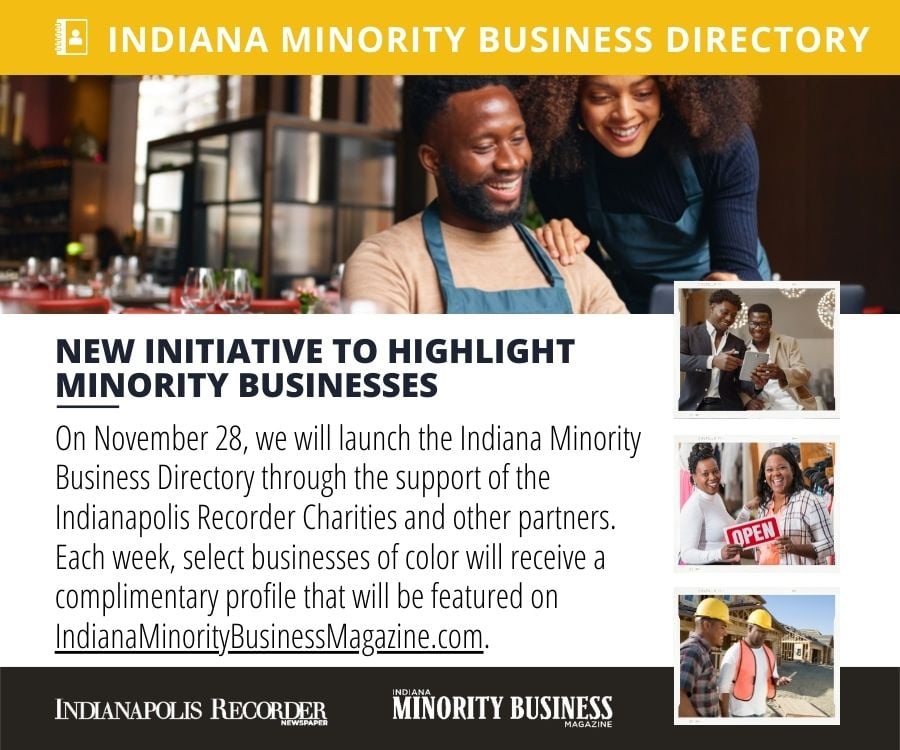International and national attention has focused on the city of Baltimore in the weeks following the death of 25-yearold Freddie Gray Jr., who died April 12 from spinal trauma sustained while in police custody.
Sadly, his death, which has been officially ruled a homicide, is just one in a string of incidents in which unarmed African-American men died because of the actions of law enforcement.
Like the brutal, but non-fatal beating of Rodney King over two decades ago, Gray’s arrest as well as the transport of his limp and shackled body from the sidewalk to the back of a police wagon, was caught on video.
Baltimore, unlike Los Angeles in 1992, responded to the video in an eruption of unrest. Although the smoke has now begun to settle in “Charm City,” as Baltimore is affectionately known as, there remains a smoldering danger that must be extinguished –the overwhelmingly negative media portrayal of the citizens of Baltimore as thugs, looters and criminals.
Recently, while delivering a speech at Lehman College in New York, President Barack Obama blasted the media for the imbalanced reporting. “We ask police to go into communities where there is no hope. Eventually something happens because of the tensions between society and these communities and the police are just on the front lines of that,” said the president. “And people tweet outrage and the TV cameras come and they focus more on somebody setting fire to something or turning over a car than the peaceful protests and the thoughtful discussions that are taking place.”
That peace and thoughtfulness that Obama alluded to is what Baltimore resident Vernon Wallace wants the narrative surrounding Baltimore to focus on.
“Baltimore is a beautiful city,” he said. Wallace is the manager of Responsible Fatherhood at the Center for Urban Families (CFUF), a workforce development and family service organization, located about a mile away from where Gray was apprehended. CFUF has been serving the community of West Baltimore since 1999.
“When I travel across the country, Baltimore seems to be recognized for the Ravens, “The Wire” and if you’re a baseball fan the Orioles but that’s the extent of it—add a crab cake here and there,” said Wallace. But that is changing, he said. More recently the word “riot” has been used to describe Wallace’s hometown as well.
During his phone interview with the Indianapolis Recorder Newspaper, Wallace was leaving a shopping mall that had been looted. The mall, located up the street from his CFUF office is just one of the more than 200 businesses that sustained damage following Gray’s death. The CVS drugstore, which burned on national television, is four blocks south of his office as well.
Wallace said he believes the residents’ frustration stems from years of police encounters and constant negative media coverage, followed by few if any consequences or positive change.
Wallace recounted a recent meeting he had with community leaders and gang members, during which each one shared an individual experience of police brutality.
“I don’t condone it but I will say that the unrest and the frustration was rooted in some of those things, it was a boiling point pretty much,” reflected Wallace. “These things were deeply rooted in the city long before Freddie Gray.”
On Friday, May 1, Baltimore State Attorney Marilyn Mosby, announced at a news conference that charges, ranging from misconduct in office to second-degree depraved-heart murder—defined as reckless conduct resulting in death at the hands of an individual with no regard for human life— had been filed against the six officers involved in Gray’s death. “To the youth of this city: I will seek justice on your behalf. This is a moment, this is your moment. Let’s ensure that we have peaceful and productive rallies that will develop structural and systemic changes for generations to come. You’re at the forefront of this cause. And as young people, our time is now,” she said.
Wallace describes the mood in his hometown now as relief mixed with anxiety. “We love our city,” he said. “We still need justice. Justice hasn’t been served yet, it’s just that the itinerary has been created so to speak.”
Wallace stated he believes positive progress has arisen in Baltimore out of seemingly unconventional alliances. “One of the things I want people to understand is, community leaders, citizens, gang members, and clergy have banded together and that’s what stopped the bleeding,” he said. “I’m sitting across the table from a Blood and a Crip and they’re looking at me like, ‘How can we help?’ they’re banding together to help the community.”
Wallace said out of partnerships like this as well as the efforts of citizens who used their own personal resources to clean up neighborhoods following the riots—including one man who drove his pickup truck around town picking up young people who were out on the streets—is a new wave of continued planning to revitalize community programming for youth.
“People from all different levels have joined forces for the sake of the community to empower, to take back, and to educate their community,” he said. “We’re not trying to create a band-aid, we’re trying to create something that will be there for years.”





